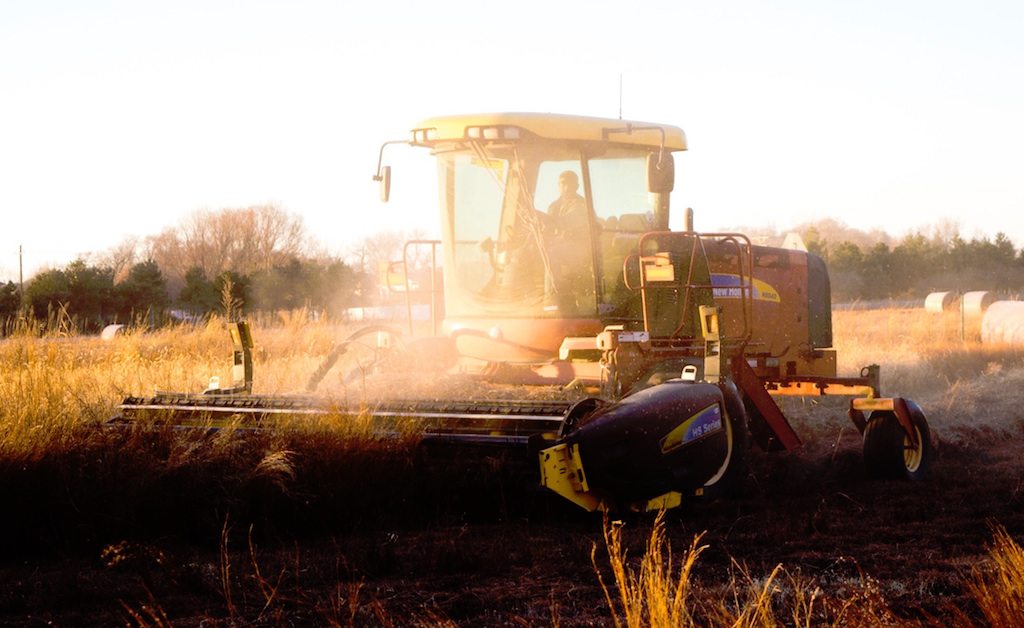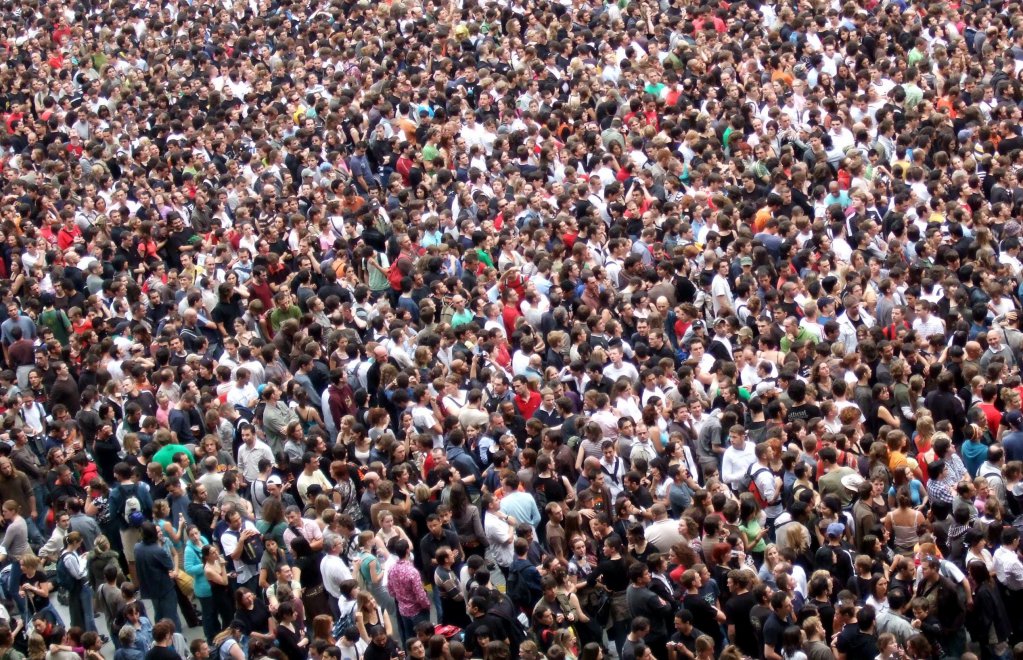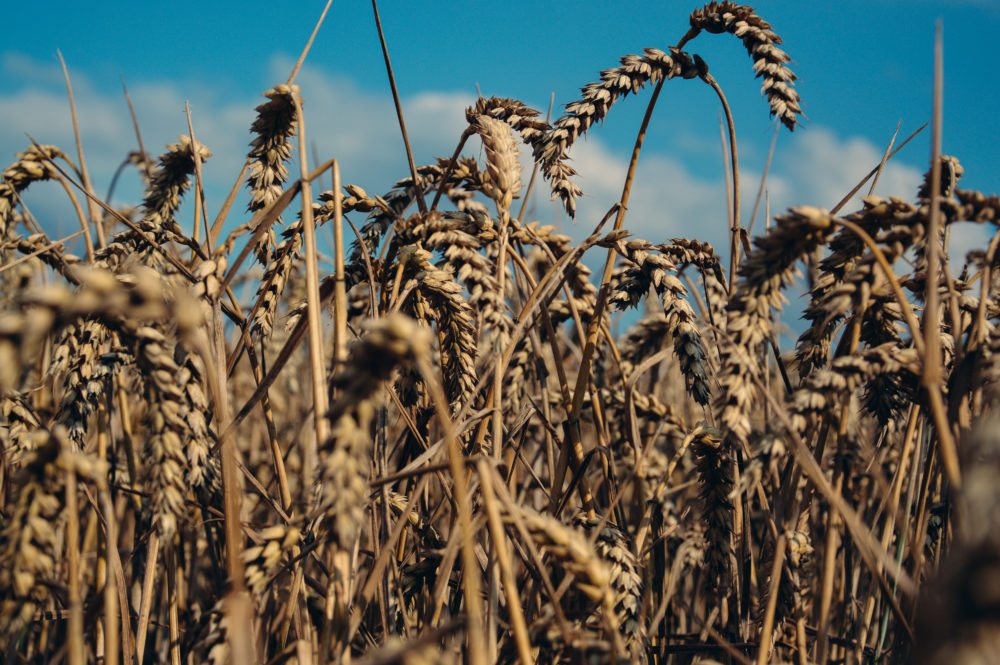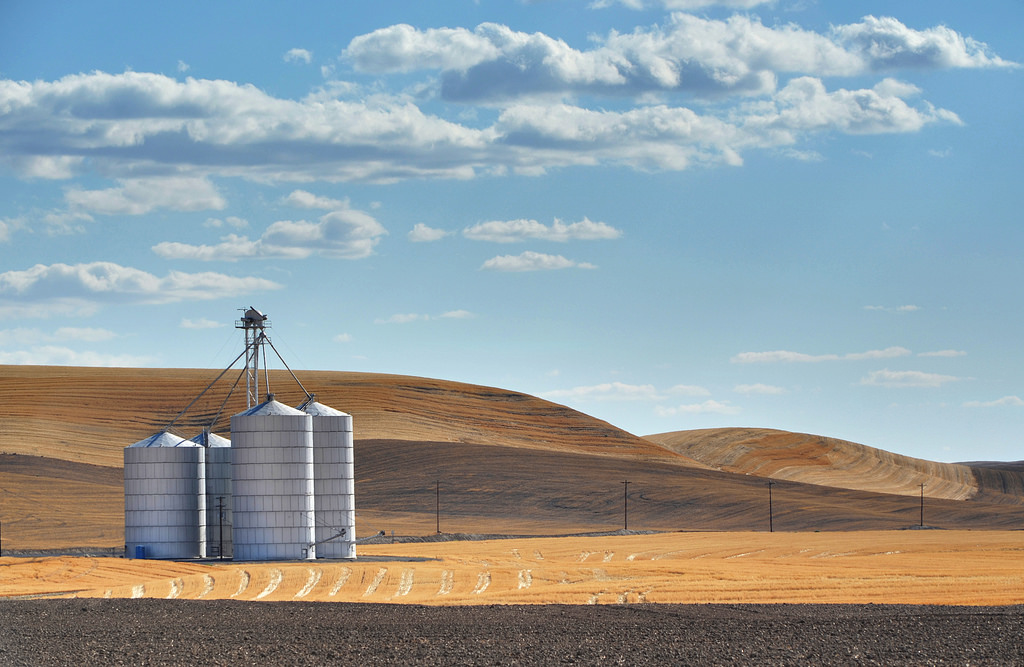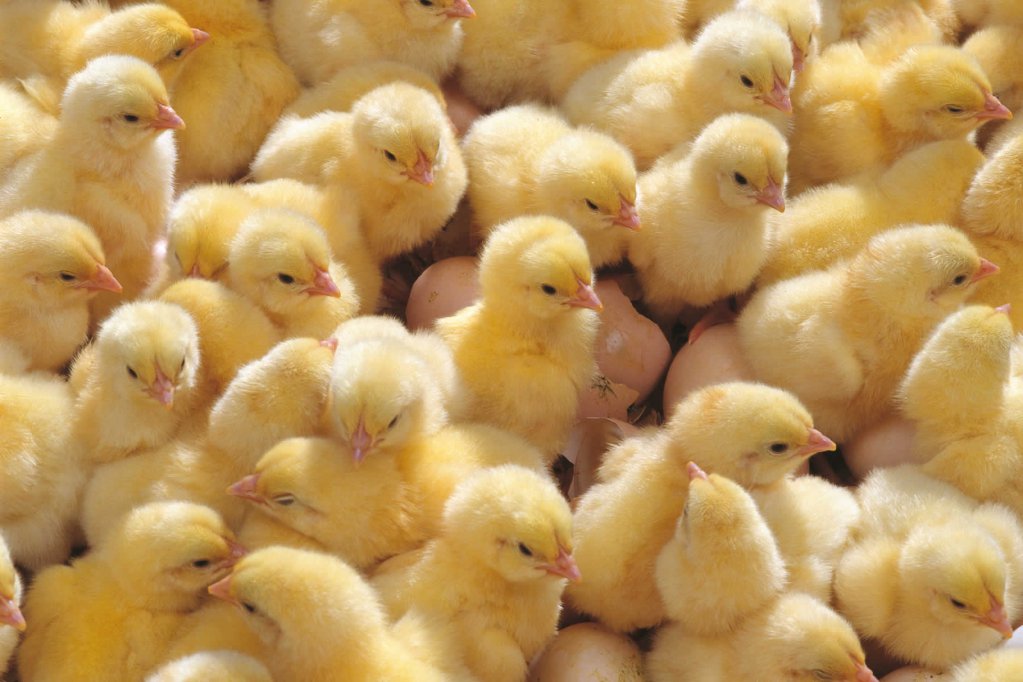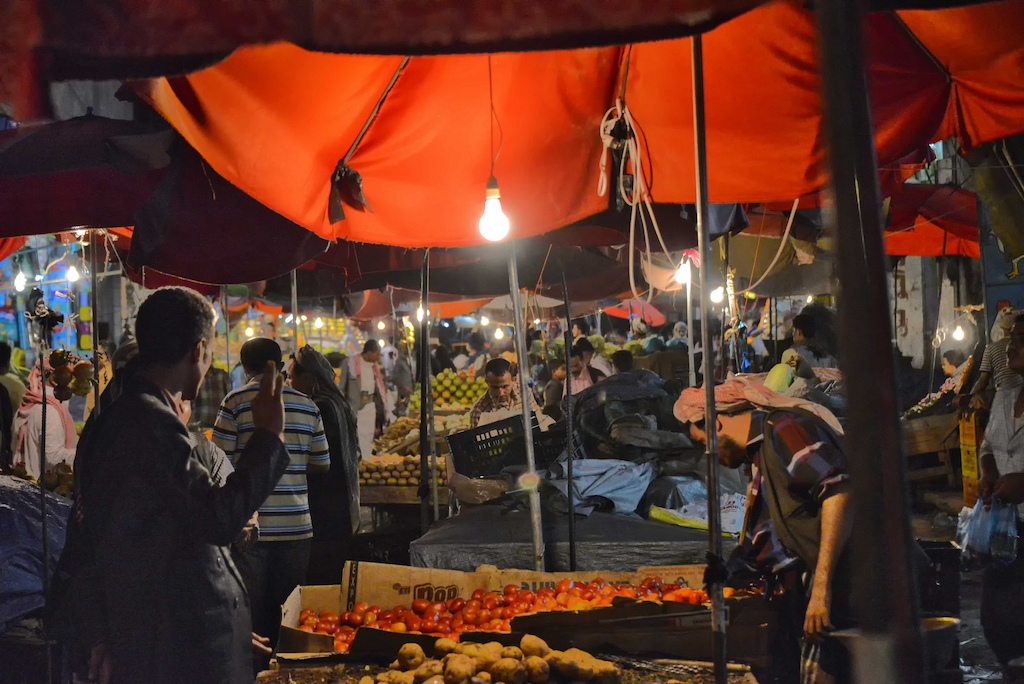Maybe it’s a small (farming) world after all. Researchers at the University of Minnesota Institute on the Environment have attempted to map farm size across the globe, and their results run contrary to the “Big Food feeds big populations” narrative we’ve become accustomed to. The study’s findings indicate that smallholder farms (farms below five hectares, or about 12 acres) produce more than half the planet’s food calories. What?
Researchers analyzed census data on farming households in developing countries and cross-referenced that information with agricultural landscape data. The results show 380 million farming households in over 900 “smallholder hot spots,” or areas with a high concentration of small-scale farming operations—primarily in Latin America, sub-Saharan Africa, and South and East Asia.
And those smallholders grow a lot of food. The results showed that they’re responsible for 80 percent of rice grown globally and three-quarters of the world’s ground nut and oil palm supply. If these estimates are right, it means that small-scale farms in the developing world are really, really productive, and that the oft-criticized proclamation that only small farmers can feed the world might actually hit the nail on the head.
But the Minnesota study does more than substantiate the claim that smallholder farms produce a lot of food. For the first time, it shows us where those farms are—900 times over. And that, more than anything, might have implications for where and how rural development projects are funded.
